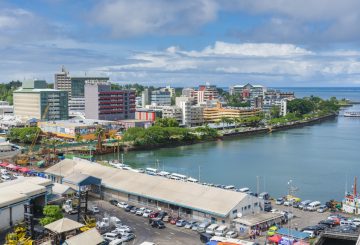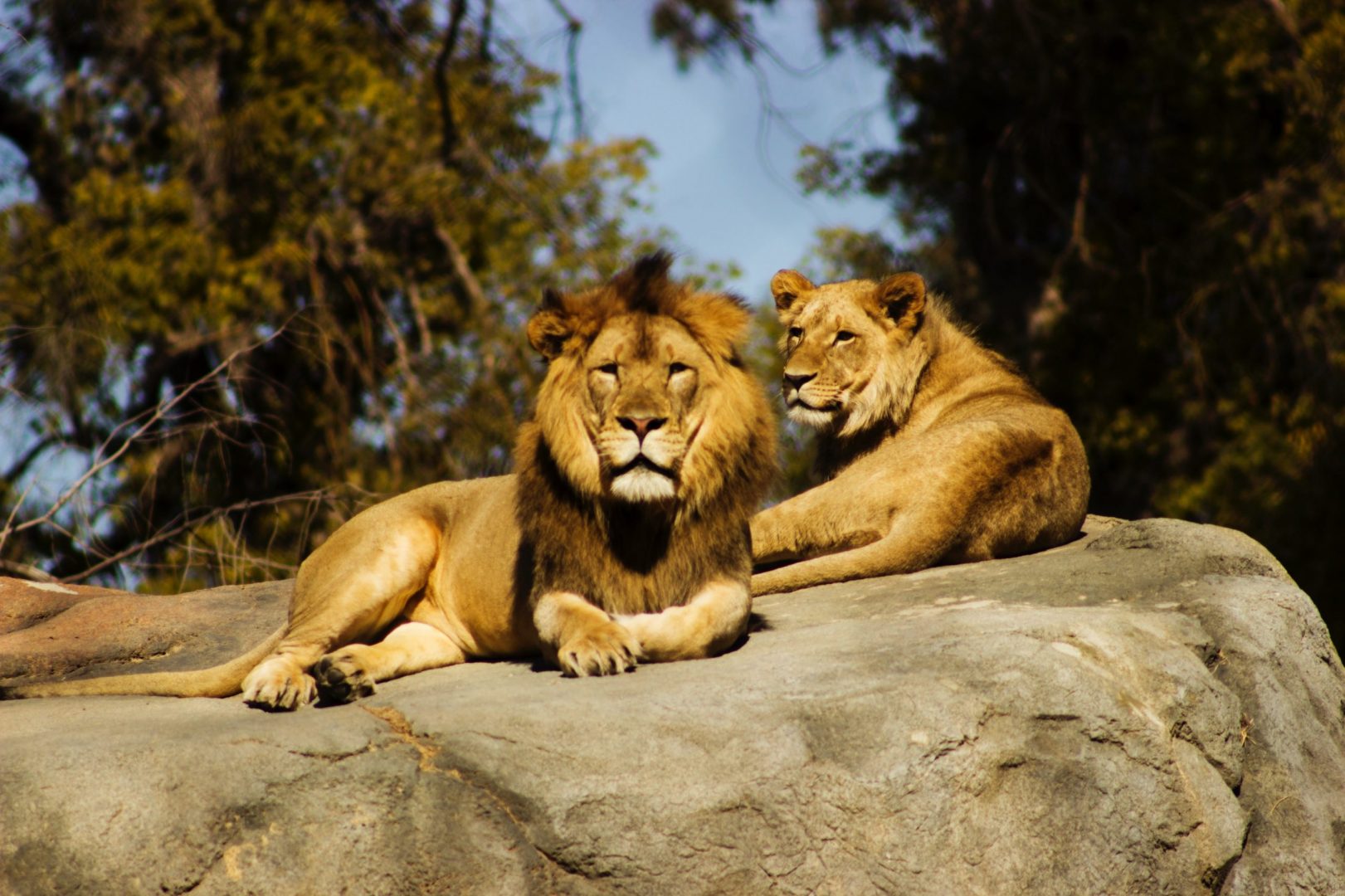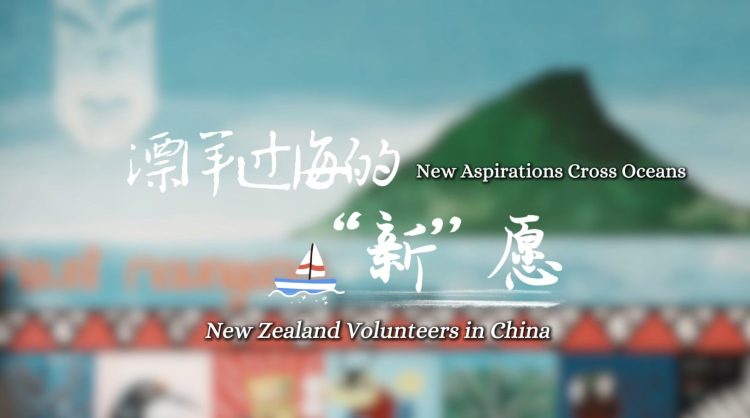Chinese Premier Li Qiang recently visited New Zealand, marking a significant moment in the two countries’ relationship. Both nations are aiming to maintain stable and productive relations, but their methods differ. China’s public messages were ambitious and optimistic, focusing on opportunities for cooperation. New Zealand, on the other hand, was more cautious and openly addressed challenging issues.
This is a change from Premier Li Keqiang’s visit in 2017, when both sides were actively pushing for cooperation. Since then, international relations have become more challenging, and the tone of the conversation has changed. New Zealand’s Prime Minister, Christopher Luxon, suggested that the meeting was equally focused on cooperation and differences.
Premier Li encouraged New Zealand to moderate its criticisms and focus on cooperation, hinting that differences could hinder exchanges and cooperation.
New Zealand’s cautious approach can be attributed to three reasons. Firstly, trade between the two countries is well-established and functioning effectively, thanks to the 2008 free trade agreement. China is New Zealand’s largest trade partner, and while businesses want to maintain their market access, they are unlikely to want to expand their exposure.
Secondly, differences have emerged that could potentially disrupt relations, similar to the breakdown between Australia and China. New Zealand has publicly criticized China’s human rights record, cybersecurity issues, and foreign interference, and these issues require careful management.
Thirdly, the two countries have differing views on regional order and multilateral institutions. As China’s influence grows, it has become more critical of the regional security architecture that New Zealand relies on. New Zealand has responded positively to new security and economic groupings, while China has opposed them.
While New Zealand is content with supporting a slowing economic relationship, China seems keen to push the relationship forward. Premier Li called for an upgrade of the ‘comprehensive strategic partnership’ signed in 2014, which may be overly ambitious given the current challenges. New Zealand’s cautious approach is seen as a pragmatic win and a sign of its long-term commitment to the relationship.





























































